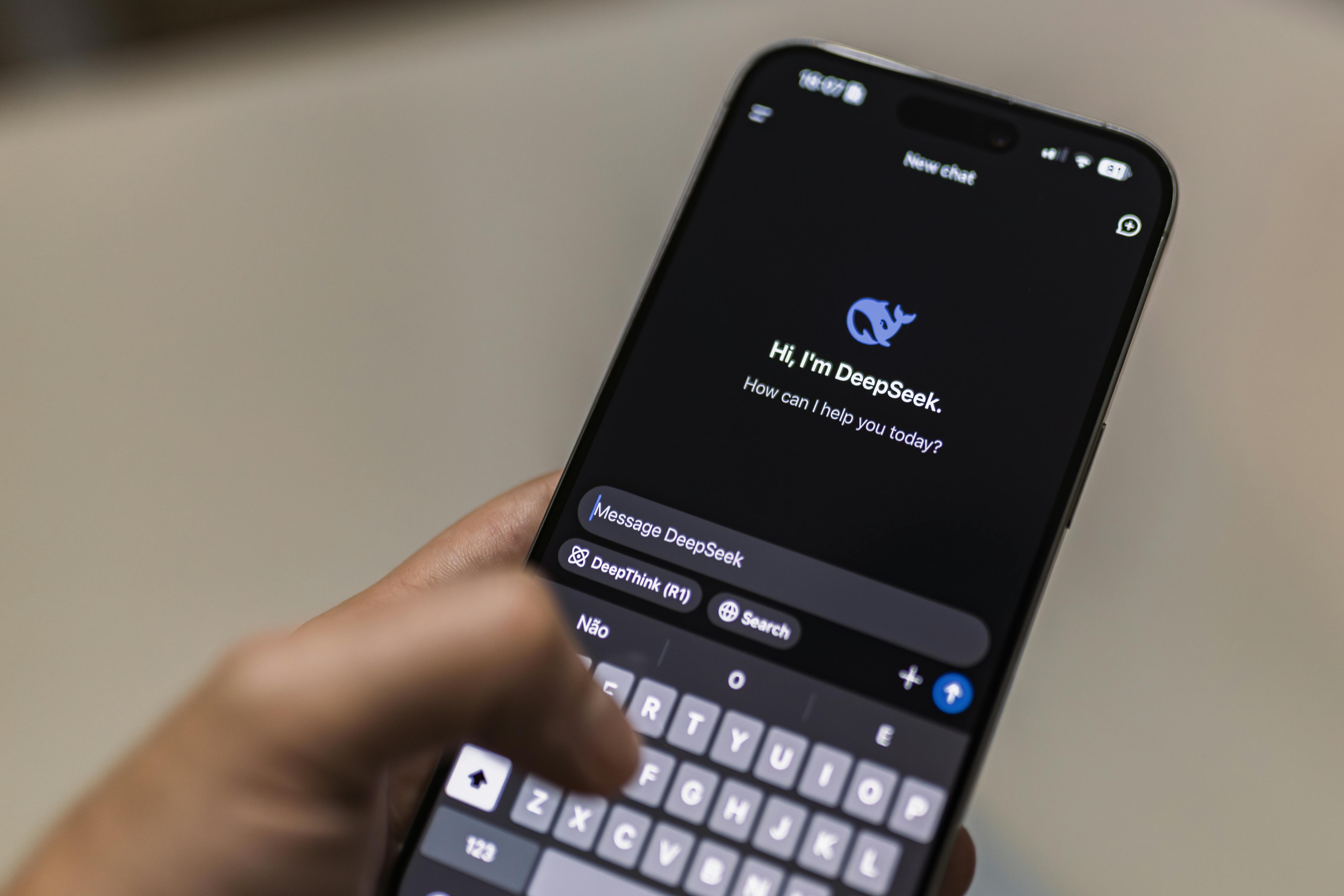We share the key insights from McKinsey’s most recent Quarterly report, What Marketers Say About Working Online
We share the key insights from McKinsey’s most recent Quarterly report, What Marketers Say About
Working Online
We share the key insights from McKinsey’s most recent Quarterly report, What Marketers Say About
Working Online
It was just this time last year when we released our Digital Agenda report, noting the rise of a digital luxury consumer, willing to buy luxury goods and services online and discuss their favourite brands on social media. 2010 was a year of innovation that convinced most luxury marketers of the powerful relationship between digital and luxury.
Yet our finding found executives who believed the luxury industry had been late to acknowledge digital media and, resultantly, were under utilising the new media tools available to them. So it was surprising to hear that research undertaken by McKinsey – almost exactly one year later – echoed the very same sentiment, just in a more sophisticated way.
Luxury brands are now undoubtedly using digital tools – a significant increase in activity than our research in 2010. Most brands understand the importance of being online and embracing digital technology, and event have a presence on multiple channels, so it is no surprise that their next ambitions have become more complex.
According to McKinsey, marketers are now focused on how best to collect and utilise the rich customer insights made available to them by the digital revolution. And whilst acknowledging that the data is there, they admit that they aren’t really sure what best to do with it. Ditto in the case of new media – they are all across Facebook, Twitter and in some cases, Tumblr, Instagram and blogs – yet the consensus was that they don’t actually know what this achieves for their bottom line.
Conducting the report …
McKinsey conducted an online survey in October, garnering responses from 792 marketing executives representing a full range of industries, regions, titles, and company sizes. The data has been weighted by the contribution of each respondent’s nation to global GDP to adjust for differences in response rates.
The survey asked marketing executives from around the world about the digital tools and channels their companies use and expect to use, the challenges they face and actions they have taken in response, and the metrics available to assess performance online.
“ Marketers agree that digital tools and technologies are valuable, though many of their companies struggle to measure the financial impact and capture customer data. ”
Not so surprisingly…
Digital media and online tools remain a largely untapped resource for companies. The majority of respondents identified the importance and opportunities presented by being online and leveraging digital tools, but few are taking the structural steps required to benefit from selling online or engaging consumers through new technologies such as social media. Many respondents indicated that companies are still trying to figure out how digital media can meaningfully improve their bottom lines.
Marketing executives overwhelmingly agreed that an effective online presence is very or extremely important for staying competitive – 81 percent in total. And more than half of respondents say that over the past two years, the increasing prevalence of digital media and tools has changed their companies’ ability to interact with and serve new customers.
Strong majorities of executives say that to connect with consumers today, their companies most often use two digital channels: their company home pages and e-mail. However, looking ahead, respondents believe their companies should be using a broader range of tools in two to four years: especially mobile applications and social media platforms such as Twitter and Facebook.
“ Most respondents indicate that companies are still trying to figure out how digital media can meaningfully improve their bottom lines ”
More Surprisingly
The most pressing competitive challenge that marketing executives identified is producing and using customer insights. Respondents acknowledged that there has been a tremendous increase in data available to them in recent years, yet they claimed their companies often have only basic customer information and expressed difficulty in measuring the impact of online tools and channels.
They also claim that existing digital metrics don’t quantify the financial impact of those tools or channels on the business, and of the executives whose companies are using social media, almost half say quantifying the impact adequately is difficult.
Despite admission that many marketers are unclear how to measure and manage new media, many companies want to handle it themselves, despite the lack of established staff and resources. More respondents identified the best approach as developing internal capabilities as opposed to external consultants or agencies. Only 14 percent cited the hiring of third-party service providers to manage online brand interactions.
“ Respondents claim that existing digital metrics don’t quantify the financial impact of those tools or channels on the business ”
Additionally…
McKinsey research has previously shown that older consumers are wealthier than younger ones and quite active online. Yet few respondents are trying to reach customers aged 51 and older as intended through online tools or channels, indicating a growth opportunity. for many companies.
Looking to the Future…
71 percent say data-driven customer insights will be very or extremely important to their companies’ competitiveness during the next two to four years – but just 4 percent say their companies now have the required analytical capabilities to manage their businesses more effectively.
“ Even though one size does not fit all, companies need to begin searching for what works for them ”
If readers remember only one thing…
Most companies are struggling to define an online business model to drive competitive advantage, despite being well aware of the importance of digital media and its potential to foster customer engagement and loyalty.
McKinsey suggest this is because there is no single solution. Instead advising companies to consider factors such as the extent to which digital operations should be integrated within existing commercial functions, whether it should be centralised or regionally based, and how much online activity should be standardised rather than tailored by geography, product, or service.
Despite making such concessions, the study went on to recommend that companies need to begin searching for what works for them, in order to stay competitive in an increasingly digital world.
Luxury Society invites members to download McKinsey’s full Quarterly report: What marketers say about working online. Please click here to download.










